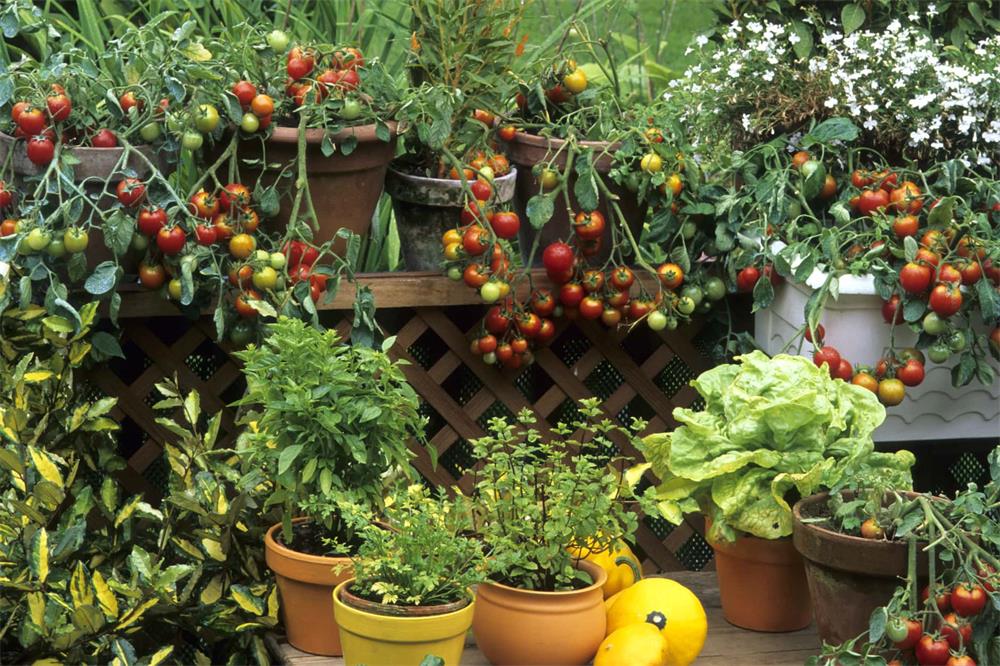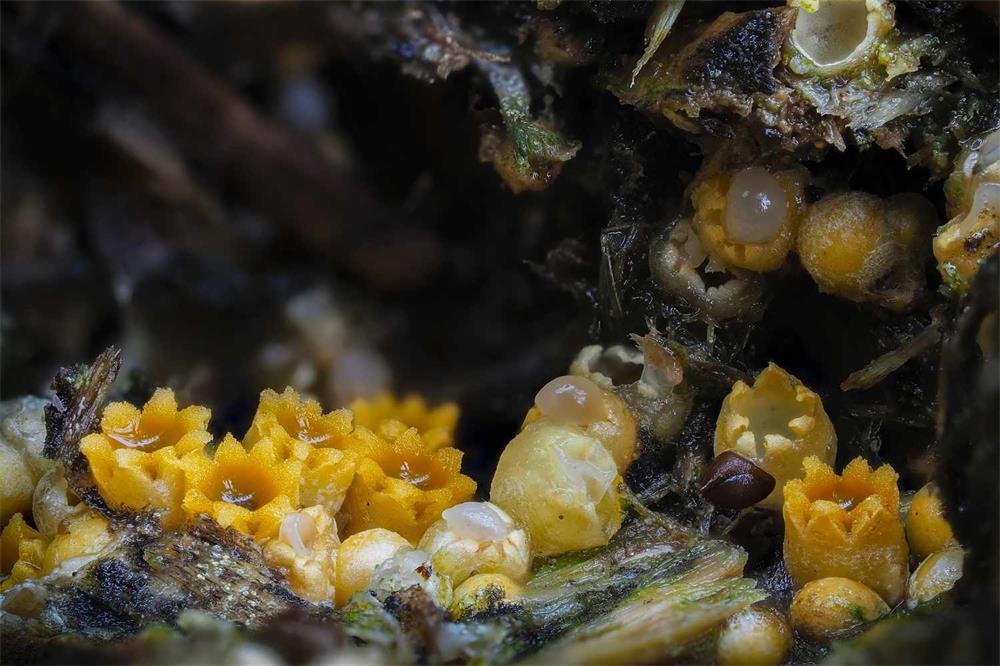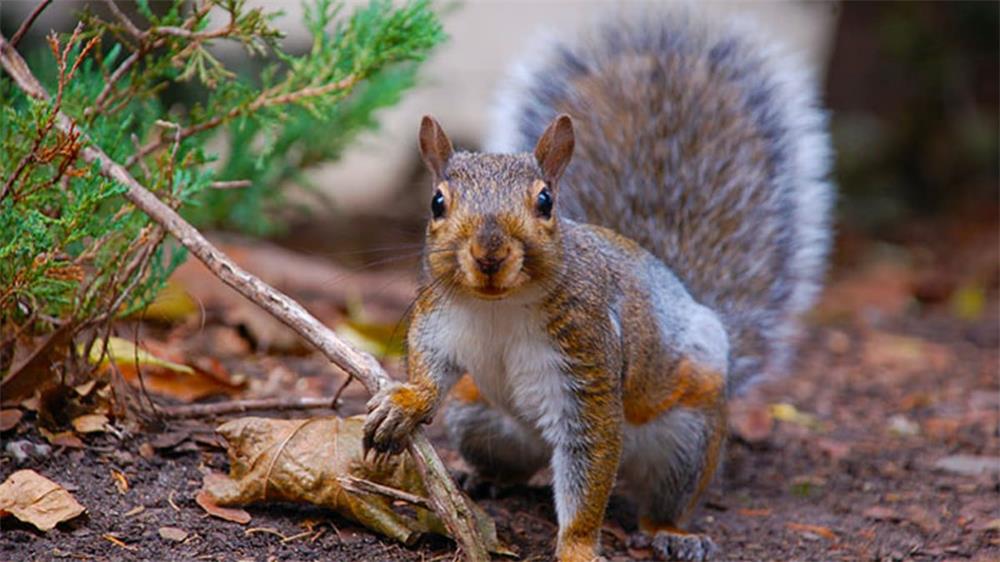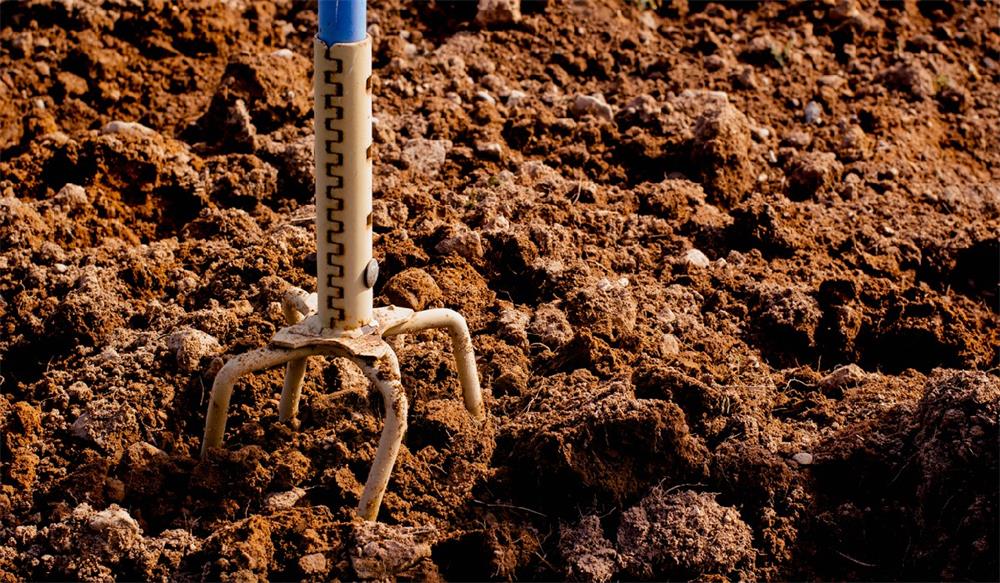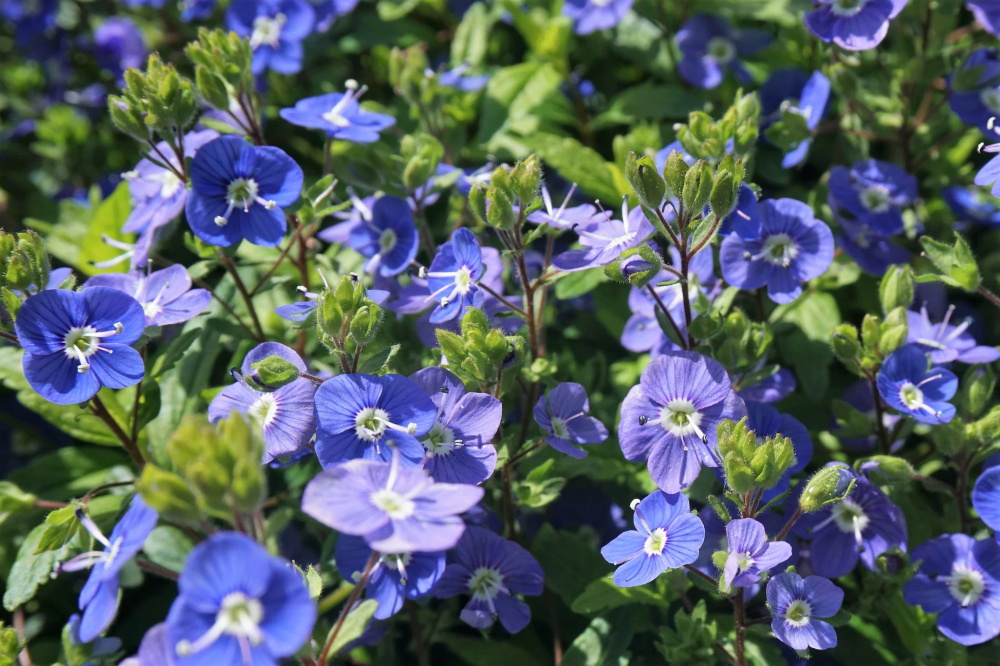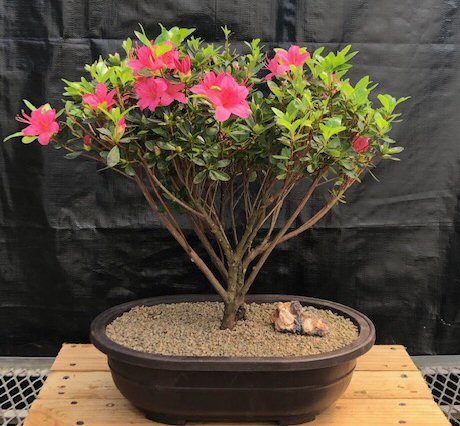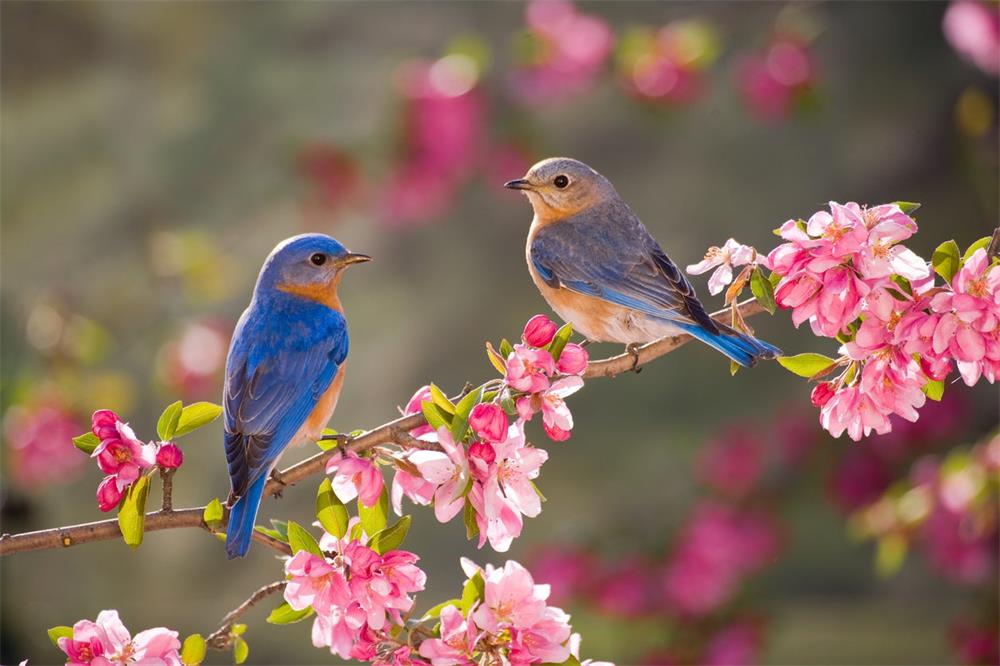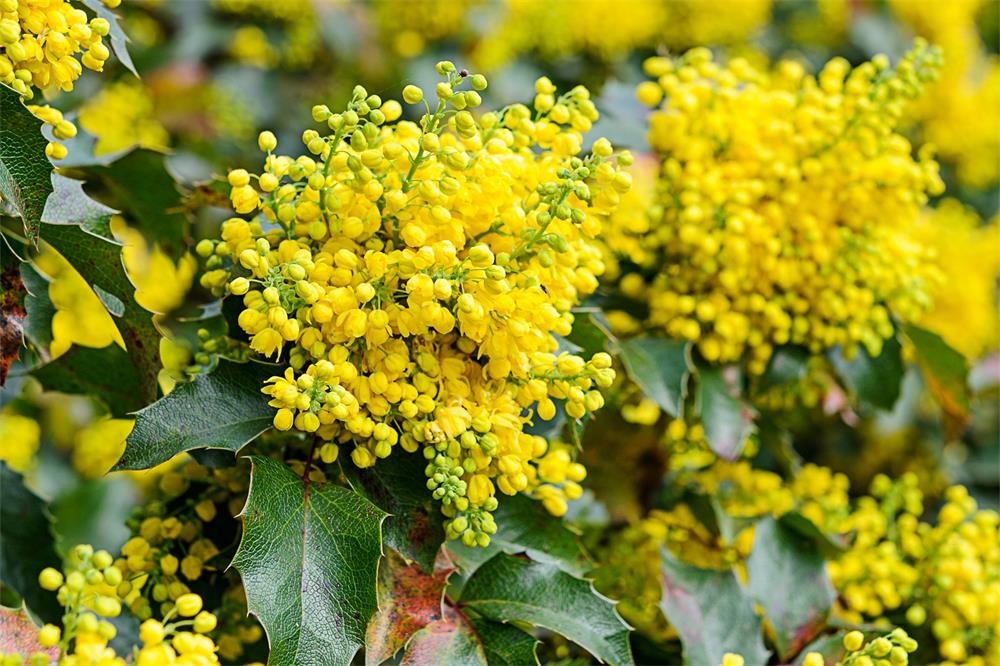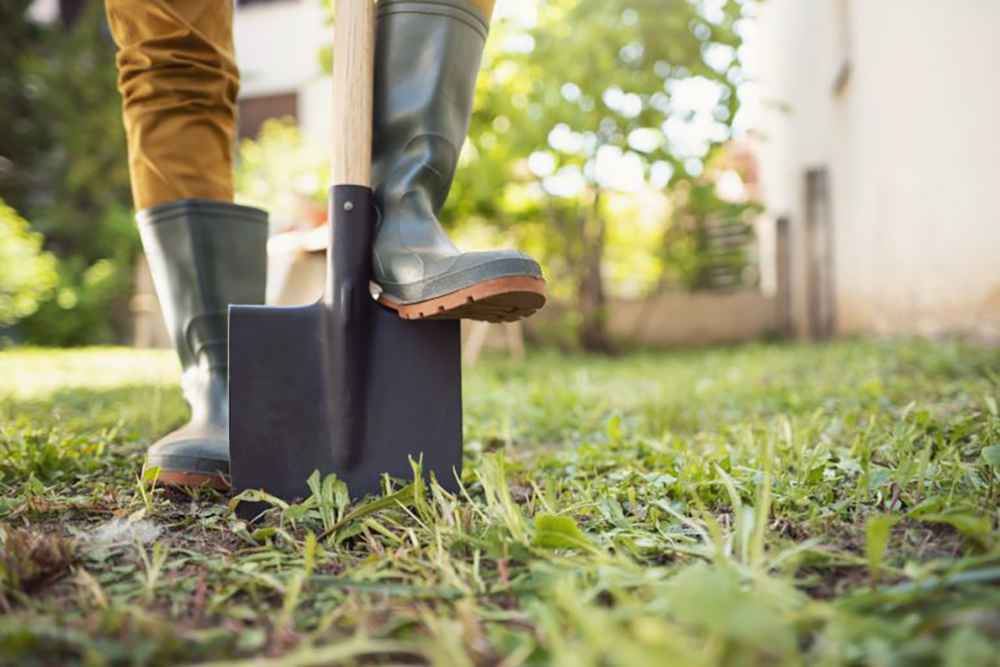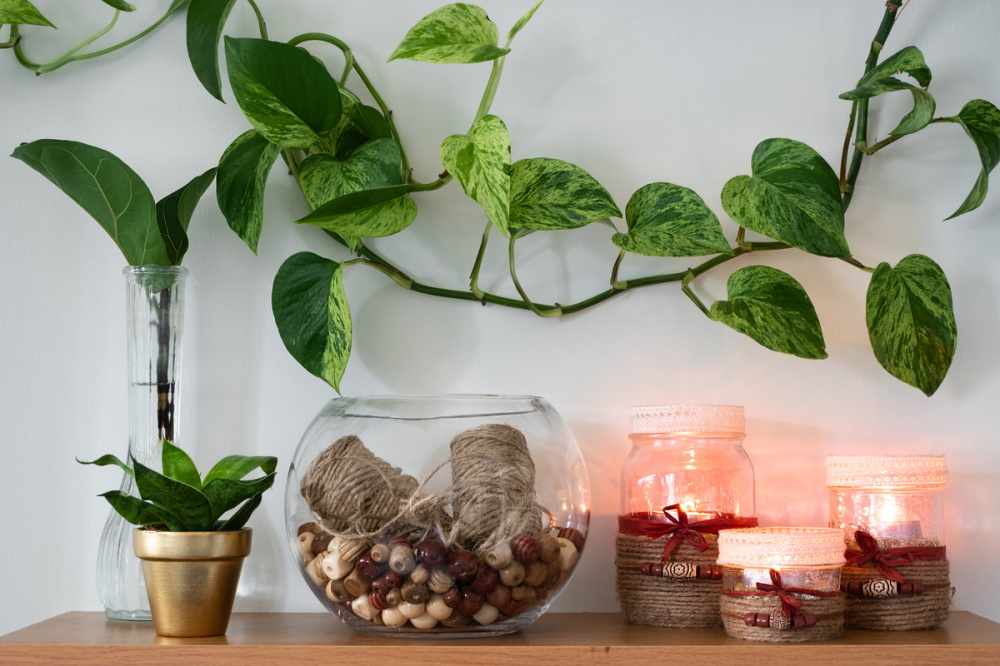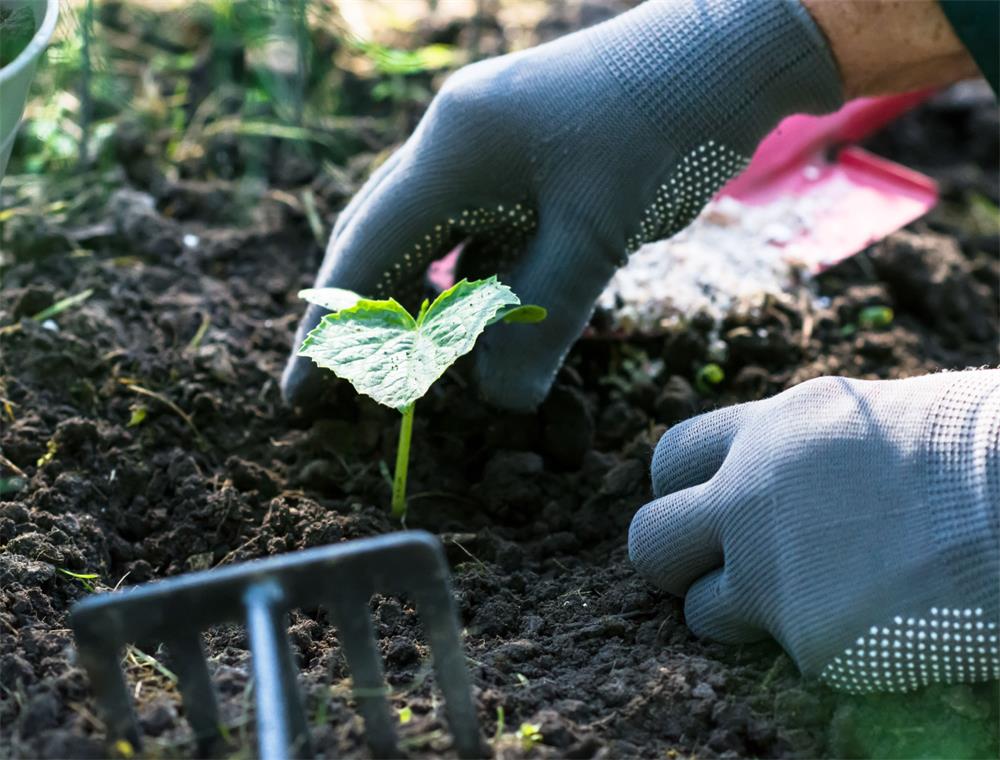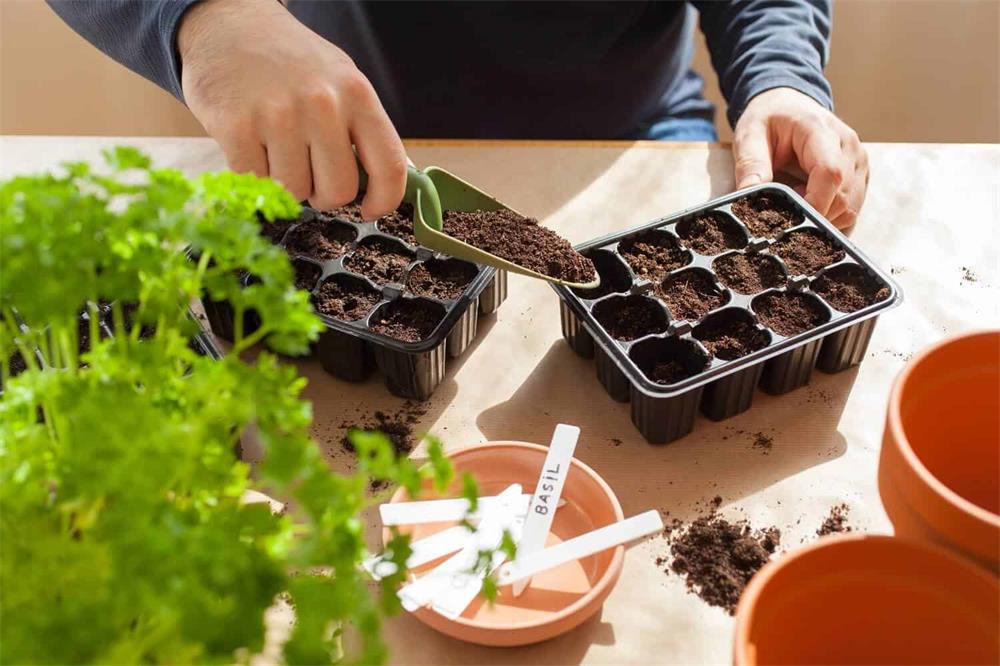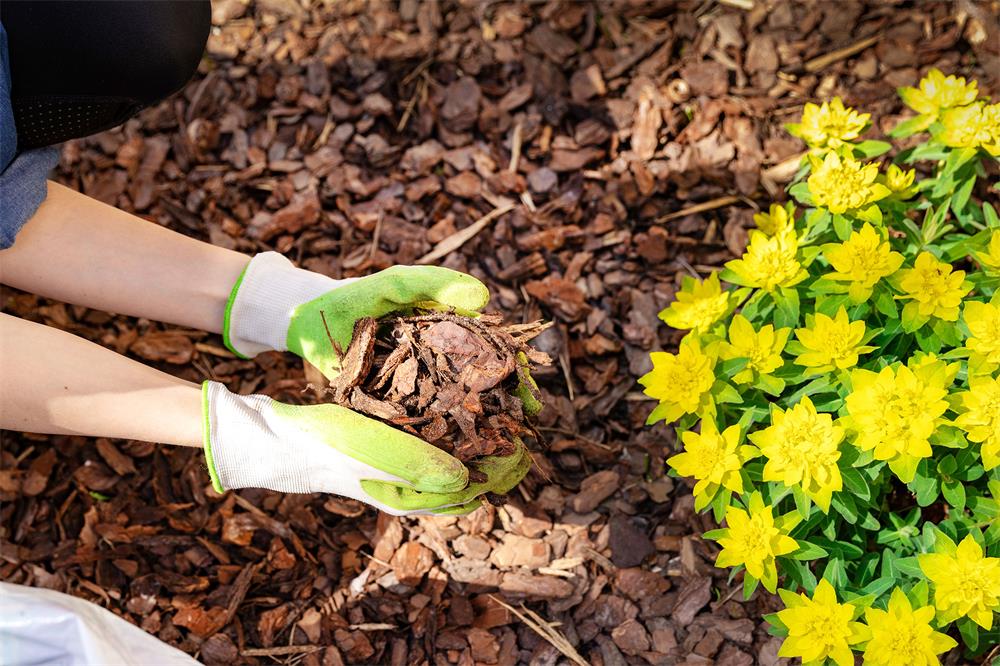
Table of Contents
Mulch is a layer of organic or inorganic material that covers the soil surface and helps retain moisture, suppress weeds, moderate soil temperature, and improve soil quality. Mulch can also enhance the appearance of your garden by adding color, texture, and contrast.
But how do you know how much mulch you need for your garden project? And how much will it cost you? This article will guide you through the steps of calculating the amount and cost of mulch for different shapes and sizes of garden beds.
Step 1: Select the Shape of Your Garden Bed
The first step is to determine the shape of your garden bed. This will affect how you measure the area and volume of the bed. The most common shapes are:
- Rectangle or square
- Circle or oval
- Triangle
- Irregular
If your garden bed has a complex shape, you can divide it into smaller sections with simple shapes and add up their areas and volumes later.
Step 2: Measure the Length and Width (or Diameter) of Your Garden Bed
The next step is to measure the length and width (or diameter) of your garden bed in feet, inches, meters, or centimeters. You can use a tape measure, a ruler, a string, or a measuring wheel to do this.
If your garden bed is rectangular or square, measure the length and width of the longest and shortest sides.
If your garden bed is circular or oval, measure the diameter (the longest distance across the circle or oval) or the radius (half of the diameter).
If your garden bed is triangular, measure the base (the longest side) and the height (the perpendicular distance from the base to the opposite vertex).
If your garden bed is irregular, measure the length and width of each section that you divided in Step 1.
Step 3: Decide How Deep You Want Your Mulch to Be
The third step is to decide how deep you want your mulch to be. The recommended depth depends on the type of mulch you are using and the purpose of mulching. Generally, organic mulches such as wood chips, bark, straw, leaves, grass clippings, or compost should be applied at a depth of 2 to 4 inches. Inorganic mulches such as gravel, stone, rubber, or plastic should be applied at a depth of 1 to 2 inches.
To measure the depth of mulch in feet, inches, meters, or centimeters, you can use a ruler, a stick, a finger, or a shovel.
Step 4: Calculate the Area and Volume of Your Garden Bed
The fourth step is to calculate the area and volume of your garden bed using the measurements from steps 2 and 3. The area is the amount of surface that your garden bed covers. The volume is the amount of space that your mulch will occupy.
To calculate the area and volume of your garden bed, you can use these formulas:
- For a rectangle or square: Area = Length × Width; Volume = Area × Depth
- For a circle or oval: Area = π × Radius^2; Volume = Area × Depth
- For a triangle: Area = 0.5 × Base × Height; Volume = Area × Depth
- For an irregular shape: Area = Sum of areas of each section; Volume = Sum of volumes of each section
Alternatively, you can use our handy mulch calculator below to do the math for you. Just select the shape of your garden bed, enter the measurements in feet, inches, meters, or centimeters, and choose how deep you want your mulch to be. The calculator will give you an estimate of how much mulch you need in cubic yards, cubic feet, or cubic meters.
Step 5: Calculate the Cost of Mulch for Your Garden Bed
The final step is to calculate the cost of mulch for your garden bed using the volume from step 4. The cost of mulch depends on where you buy it, what type of mulch you choose, and how much mulch you need.
Mulch can be bought in bulk by the cubic yard or cubic meter from landscaping suppliers or nurseries. It can also be bought in bags by cubic foot or liter from home improvement stores or online retailers. The price per unit varies depending on the quality and availability of mulch.
To calculate the cost of mulch for your garden bed, you need to know how much mulch you need in the same unit as the price per unit. For example, if you buy mulch in bulk by cubic yard and the price is $40 per cubic yard, you need to know how much mulch you need in cubic yards. If you buy mulch in bags by cubic foot and the price is $5 per bag, you need to know how much mulch you need in cubic feet.
To calculate the cost of mulch for your garden bed, you can use this formula:
- Cost = Volume × Price per unit
Alternatively, you can use our mulch calculator below to do the math for you. Just enter the price per unit of mulch in your local currency and select how much mulch is in each unit. The calculator will give you an estimate of how much mulch will cost you in your local currency.
Mulch Calculator
Use this mulch calculator to estimate how much mulch you need and how much it will cost for your garden project. Follow these steps:
- Select the shape of your garden bed.
- Enter the length and width (or diameter) of your garden bed in feet, inches, meters, or centimeters.
- Choose how deep you want your mulch to be from the dropdown menu.
- If you have more than one garden bed, click on “+Add Another Space” and repeat the steps above.
- Enter the price per unit of mulch in your local currency and select how much mulch is in each unit from the dropdown menu.
- Click on “Calculate” to get your results.
The calculator will show you:
- The total area of your garden bed in square feet or square meters.
- The total volume of mulch you need in cubic yards, cubic feet, or cubic meters.
- The total cost of mulch for your garden bed in your local currency.
You can edit your inputs at any point by changing the values in the fields and clicking on “Calculate” again. To start over, click on “Reset”.
Note: This calculator is for estimation purposes only and does not account for factors such as plant coverage, soil type, moisture level, compaction, settling, or waste. The actual amount and cost of mulch may vary depending on your specific situation.



